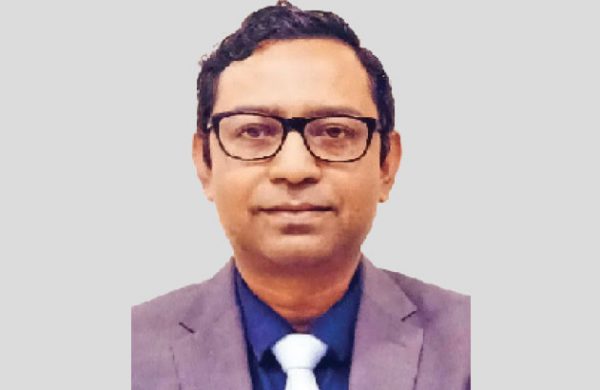Developing Inclusive, Resilient Disaster Management Strategies
- Update Time : Thursday, October 24, 2024

—Dr. Mohammad Kamrul Hasan—
Bangladesh is one of the most disaster-prone countries and highly vulnerable to natural calamities. Natural disasters frequently affect the country’s economy and infrastructure. Women often suffer disproportionately during such events due to socio-economic inequalities, with limited access to resources, healthcare, and mobility. These challenges are compounded by their reduced access to education, employment opportunities, and early warning systems, hindering their ability to seek safety during emergencies. Rural women, who depend on agriculture and natural resources for their livelihoods, are especially vulnerable to floods, cyclones, and droughts. Additionally, pregnant women and young girls face heightened health risks, including restricted access to sanitation, reproductive healthcare, and safe shelter, while the risk of gender-based violence rises significantly in disaster contexts.
Despite these challenges, women are essential caregivers, first responders, and community leaders during disasters. They manage household resources, provide care, and foster community connections, playing a vital role in building resilience. However, traditional disaster management often overlooks their contributions and fails to address their specific needs. Social norms and limited access to decision-making roles frequently exclude women from formal disaster management organisations, local committees, and emergency planning. As a result, their perspectives and needs are not adequately represented in policies. In rural and marginalised areas, women also face barriers to accessing financial resources, technology, and training, further limiting their ability to engage effectively in disaster response.
Nevertheless, women in Bangladesh have historically played significant but informal roles in managing resources, healthcare, and community recovery initiatives. Women’s local knowledge about resource management, food security, and disaster risk reduction remains invaluable. So, integrating women into disaster management strategies can strengthen community resilience. Ensuring their participation at all levels of disaster management—local, regional, and national—can harness their skills and insights to improve outcomes.
Globally, several countries have successfully integrated women into disaster management frameworks. In Nepal, the “Nepal Red Cross Society” and local organisations have trained women as first responders, empowering them to lead rescue operations, manage emergency shelters, and support recovery efforts. Similarly, the Philippines has implemented a “Gender and Development (GAD) policy” that mandates allocating 5% of the national and local budget to gender-sensitive programmes, including disaster risk reduction. Japan’s “Women’s Network for Disaster Risk Reduction” advocates for policies that address the safety of women, childcare, and economic recovery in disaster response strategies.
Drawing from these global examples, Bangladesh can pursue initiatives to incorporate gender considerations into disaster management policies, planning, and implementation. The government should prioritise women’s access to healthcare, safe shelter, and economic assistance during disasters while ensuring their involvement in disaster response and recovery phases. Creating women-only disaster management committees at the community level can provide a platform for women to voice their needs and participate actively in disaster preparedness planning. These committees can serve as a bridge between women in the community and formal disaster management organisations.
Moreover, improving access to early warning systems through communication channels such as mobile phones, community radio, and women’s groups can enhance women’s preparedness. Addressing literacy barriers by delivering information through visual or oral formats is also crucial. Technologies like mobile applications for disaster alerts and sustainable agricultural tools can further empower women to manage climate risks. In evacuation centres and disaster shelters, measures should be taken to ensure sanitation, privacy, and security are vital to safeguarding women and girls from gender-based violence (GBV). Involving community leaders and men in GBV prevention efforts can also reduce the risk of violence during emergencies.
To achieve inclusive disaster management, it is essential to challenge the social and cultural norms that restrict women’s participation in public life. Public awareness campaigns promoting gender equality and recognising women’s contributions in disaster management can help shift societal perceptions. Collecting gender-disaggregated data is equally important to understanding the unique vulnerabilities and impacts faced by women, enabling targeted interventions.
Incorporating women into disaster management is not just a matter of fairness but a strategic necessity for building stronger and more resilient communities. By addressing gender inequalities, empowering women as leaders, and developing gender-responsive disaster management strategies, Bangladesh can enhance its disaster resilience and work towards a more equitable society.
______________________________________
The writer is a public administration researcher.



















